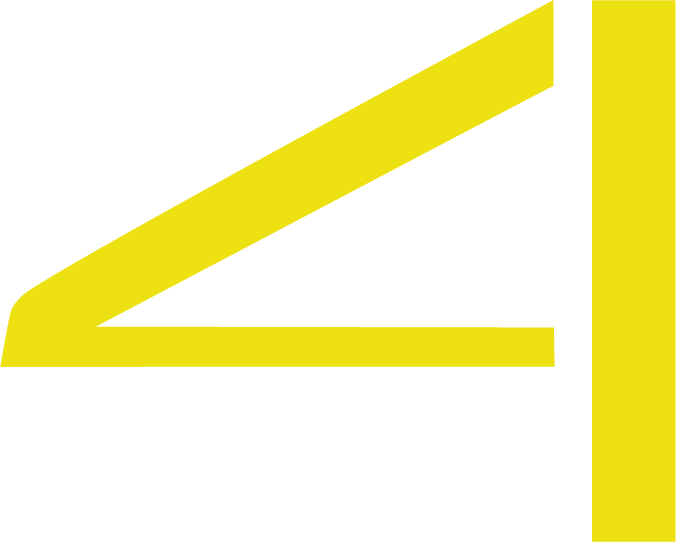Putting the Finishing Touches on Vacuum-Formed Parts
Common Vacuum-Forming Trimming & Finishing Options
Vacuum forming, the simplest type of manufacturing technique called thermoforming, involves a plastic sheet heated until pliable, then stretched, draped and contoured over a mold using vacuum pressure to achieve the desired form. Once the plastic cools into its final shape, there are typically some extra steps to complete the project including the trimming of excess material and additional finishing touches.
The types of trimming and finishing methods used at the end of the vacuum forming process depend on a number of factors including the type of cut needed, size of the part, material thickness, part volume required and equipment available.
For all your custom plastic part manufacturing needs and answers to questions you may have about the vacuum forming process, start a conversation with the experts at Signature4 today.
Hand Trimming
For small-volume production runs where thin, soft plastic materials are involved, material can be trimmed using manual tools like scissors or tin snips. Using a sharp bladder, less brittle plastic can be scored and snapped away. For a smooth finish, rough edges can then be scraped and sanded with sandpaper.
Bandsaw Trimming
With larger volumes, a bandsaw can be used to trim quickly and easily. Featuring a continuous band of blades stretched between two or more wheels, bandsaws are electrically powered and require skilled operation. Still, an optimal cut is difficult if the cut is anything but straight, and scraping along the edge may be necessary afterward. Using a jig or fence can help with consistency. A vertical bandsaw blade path is stationary and the material is manually passed through it. Conversely, with a horizontal bandsaw, the blade is swung down through the material typically clamped to the table, allowing for more precise cuts.
Guillotining
Similar to a paper-cutting guillotine, a plastic-cutting guillotine is a clean, quick and simple way to cut out the sheet by pressing a blade down through the product into a die beneath it. More suited for low volumes and basic cuts, guillotining is better for thinner and more resilient materials and are available in both manual and electrically powered versions.
Drilling
For vacuum-formed parts that require simple round holes, manual drilling is generally a good choice. However, because it’s time-consuming and labor-intensive, drilling is more suited for small production runs. Drilling guides or jigs can be created and used to ensure quick, accurate and consistent drilling.
Roller Cutting
For sizable items where extreme precision isn’t necessary, roller cutting is a fast and efficient finishing process in which the part moves through the machine and a cutting guide template pushes down via a set of rollers. Vertical features such as euroslots or cable holes can also be performed during the pressing. With roller cutting, small misalignment can still occur, and side/horizontal cuts and holes are not possible. Due to the custom nature, for low volumes, roller cutting may not be cost-effective.
Vertical Press Cutting
When greater detail and accuracy of the finish is required, this finishing process is similar to roller cutting in that it involves a custom precision cutting tool which is pushed down on the unfinished product, and it can’t make side cuts. However, the part stays rigid in a frame, allowing a higher quality finish. Often used for punching small items out of a plastic sheet rather than punching features into an item, press cutting, press cutting tools are typically more expensive than roller cutter tools.
CNC Trimming
Able to trim within 0.1mm accuracy, a CNC (computer numerical control) machine offers one of the most accurate methods of cutting and adding features to vacuum-formed parts.
Great for finishing that cannot be done by hand and more complex jobs requiring intricate detailing, state-of-the-art CNC trimming can be more costly than other methods but offers the highest quality. Unlike most other methods, a CNC machine can be used to create horizontal features, e.g. side holes or guide rails, and can cut sidewalls of different depths than the pockets.
The team at CAI offers a variety of finishing methods and can advise you which ones are best for your vacuum-forming projects. Reach out to Signature4 today for all your custom plastic part, wire harness and cable assembly needs.



